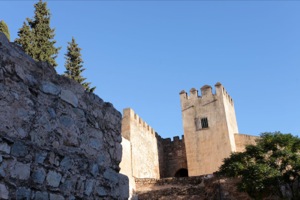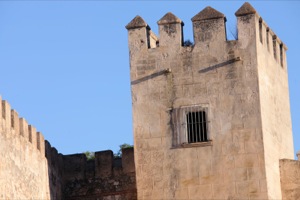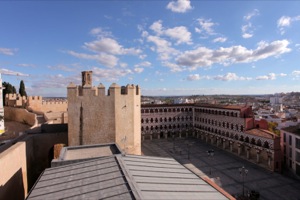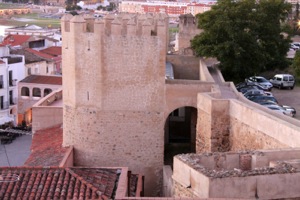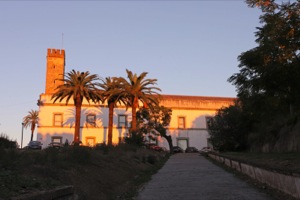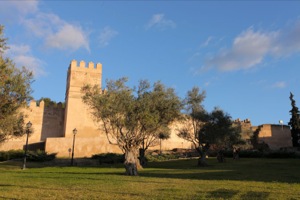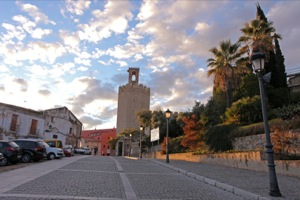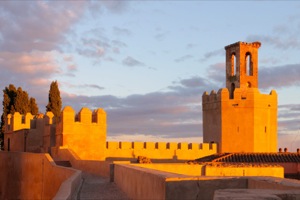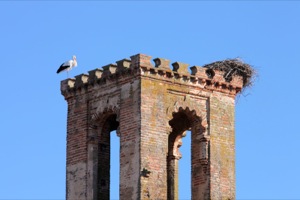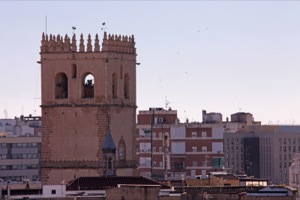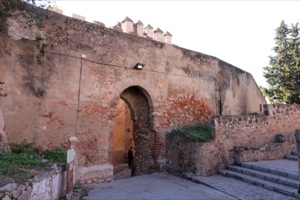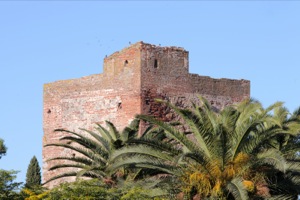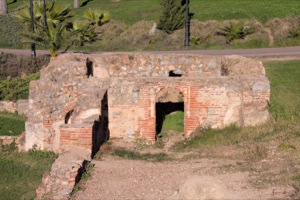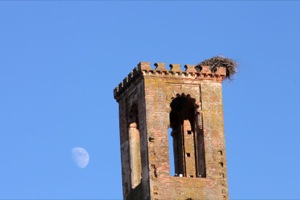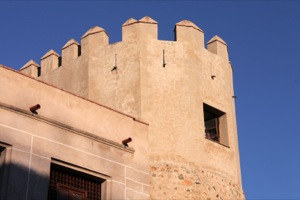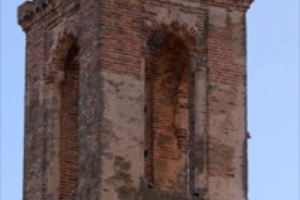Art and culture
The Alcazaba (Arab Fortress), a spectacular view
The Alcazaba, or fortress, was the origin of the city, the dwelling of the Kings of the Taifa Kingdom and the defensive structure which made Badajoz a strategic fort to control the area's historical borders.
Location and Contact:
- Contact person: Badajoz City Tourist Information and Visitors Centre (SICAV)
- Tel.:+34 924 20 13 69
- Fax: +34 924 23 97 98
- Email: casasmudejares@aytobadajoz.es
- Website address: www.aytobadajoz.es/es/ayto/portada
- Opening times
Free admission
- Fee
Free admission
-
The Alcazaba, or fortress, was the origin of the city, the dwelling of the Kings of the Taifa Kingdom and the defensive structure which made Badajoz a strategic fort to control the area's historical borders.
The Alcazaba has witnessed the life of Badajoz from the time it was founded, and became a crucial point from which to control the Spanish/Portuguese border. The building as it stands today is the result of the changes made in the Almohade era - in the twelfth century - by Caliph Abu Yaqub Yusuf, though it appears to originate from the ninth century. This 72,500 square metre fortress is the largest in Spain, and was deliberately designed to be impenetrable, taking advantage of the gradient caused by the River Guadiana and the Rivillas Stream. The Alcazaba was declared a monument of Historic and Artistic Interest in 1931. Today, refurbishment works are revealing new architectural details which only increase its immense value.
You can enter the walled citadel through any of the four gates; the Capitel Gate and the Alpéndiz Gate are of the Almohade era and are exceptionally well conserved. The other two are the Coraxa Gate and the Yelves Gate. One of the most noteworthy towers flanking the most exposed part of the wall are the Espantaperros Tower (twelfth century) with an octagonal floor plan which predates the Torre de Oro of Seville. Inside the fortified walls, you have to see the Palace of the Counts of Roca with its arched patio (today it is the Provincial Archaeological Museum), the Alcazaba gardens, the Tower of Santa Maria which are the remains of a church built on the Central Mezquita, the Library of Extremadura or the Tower of the Episcopal Palace. The citadel also contains the Faculty of Documentation Science and Communication of the University of Extremadura.
Naturally, you will enjoy wonderful views from the ramparts. You can see all the way to Portugal, and at dusk the view is particularly magnificent (this is a great time to take some photos). -
- Origin:
-
- 12th century
- Construction:
-
- Walled enclosure
- Art period:
-
- Islamic
- Period in history:
-
- 12th century
- Official name :
-
- Historic-artistic site
Gallery:
More suggestions
-

Alqueva nature theme park
Over one thousand experiences shape this innovative and pioneering project based on the attractions of nature.
-
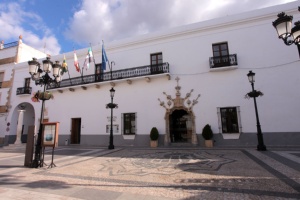
Olivenza — a Templar haven
Claims to the city were a bone of contention between Spain and Portugal on several occasions in the past.
-
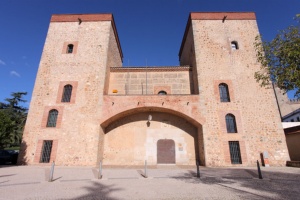
Badajoz Provincial Archaeological Museum
This museum is located in one of the oldest and most representative buildings in Badajoz, where several thousands of archaeological objects of great historical relevance are kept.
-
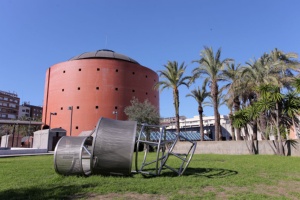
MEIAC, Contemporary Art
In the old prison in Badajoz, this museum houses a collection of contemporary Spanish, Portuguese and Ibero-American art.
-

Badajoz Provincial Archaeological Museum
This museum is located in one of the oldest and most representative buildings in Badajoz, where several thousands of archaeological objects of great historical relevance are kept.
-
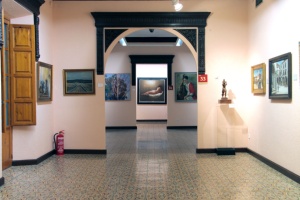
Fine Arts Museum
The Fine Arts Museum houses works by regional artists, and also by national artists, such as Goya and Picasso.
-
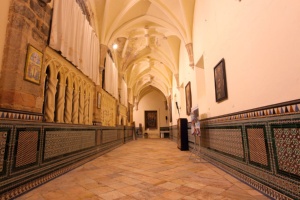
Badajoz Metropolitan Cathedral Museum
Some of the most important pieces on display at this Cathedral Museum are the valuable panels by the painter Luis Morales, along with gold and silverwork and historical tapestries
-

Badajoz Carnival Museum
The carnival is possibly the most important festival of the year in Badajoz
-
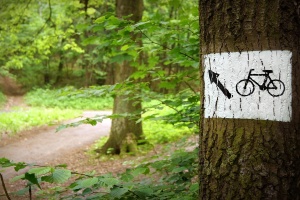
Castelar Park
The palm trees that populate this park in Badajoz bestow an air of warmth on a place that is also used as a venue for fairs and exhibitions.
-
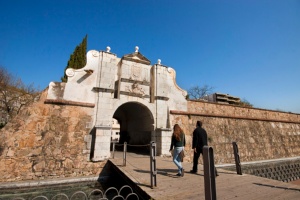
Walled enclosure in Badajoz
Gates and bastions all over the city of Badajoz give a glimpse of what the ancient walled enclosure that protected the city looked like.
-
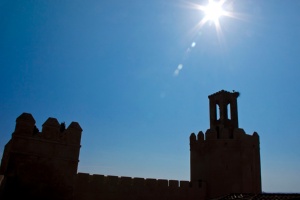
Torre de Espantaperros
Different towers from the Almohade era that were used as vantage points and places of protection are preserved in the city of Badajoz. The most emblematic one is the Espantaperros tower.
-
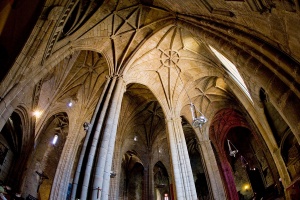
Las Tomas archaeological site
An archaeological site located in the provincial capital of Badajoz.
-

Convent of Santa Ana
Founded in 1518, the convent professes the rule of Saint Clare


